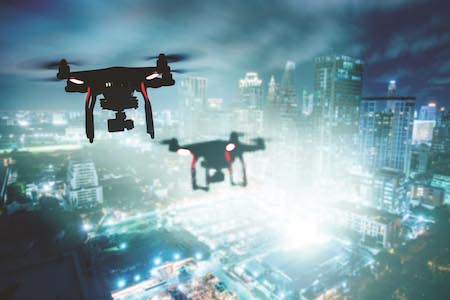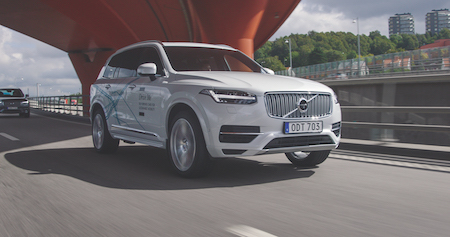Department of Transportation Secretary Elaine Chao first announced new proposed rules that would allow night flying and people to operate their drones over people without waivers, under certain conditions. These include that the operator has the appropriate training and testing, as well as providing anti-collision lighting on the drone itself. The proposal would make drone flights over people routine, where they are currently granted only by waivers for commercial operators.
Chao also spoke of safety and security, making a thinly veiled reference to the Gatwick incident. “Let us note that the Department is keenly aware that there are legitimate public concerns about drones, concerning safety, security and privacy,” she said. “Recent events overseas have underscored concerns about the potential for drones to disrupt aviation and the national airspace. So along with this new proposed rule, the Department is finishing up two other proposals to address drone safety and national security.” The issues under comment include the appropriate standoff distance between a drone and the nearest person, and any other limitations to drone performance that may be deemed necessary for safety or security reasons.
Another rule posted in the Federal Register – where it will be open to comments for 60 days – is the need for small drone owners to display their registration number on an outside surface of the device; it is no longer acceptable to have this number on an interior compartment. This rule is in effect from 23rd February and highlights the reinvigorated push for drone registration, after last year’s legal flip-flopping. This registration is separate from the owner’s Part 107 certification. What is the purpose of this switch? Purely motivated by security and safety, it’s a response to recent events like Gatwick leading to fears of criminal or terrorist uses of drones. Such rogue operators could rig the drone to explode if a security officer tripped a switch in the search for an enclosed registration number. Security forces have already lent comment that the rule is still too flexible, as it does allow the owner to put their number in an enclosed area of the drone, as long as it can be removed without the use of tools, such as a battery case, which could itself be wired to explode if removed.
The rule has been made an “interim final rule” meaning that it has been implemented during the public comment period. According to the announcement, “The FAA issues interim final rules when delaying implementation of the rule would be impractical, unnecessary, or contrary to the public interest. In this case, the agency has determined the importance of mitigating the risk to first responders outweighs the minimal inconvenience this change may impose on small drone owners, and justifies implementation without a prior public comment period.”


.jpg)
.jpg)
.jpg)

.jpg)




